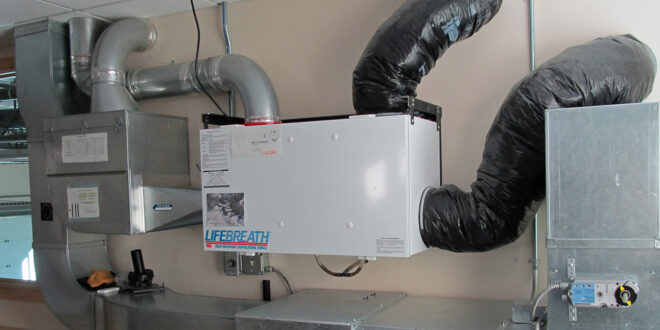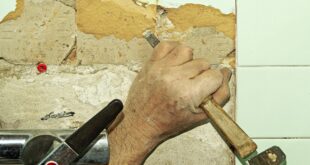The utility bill is something that is treated with some anxiousness during any cold spell, and especially during the chilly winter months. Unless you are keeping an eagle eye on the meter and taking regular readings, the cost of a colder than expected winter can take a surprisingly big bite out of your bank account following the New Year. For homeowners, it’s an unnecessary stressor that they don’t need.
For this article, we consider why air quality can turn bad in your home, whether heat recovery ventilators are the answer, and if it’s possible to reduce your heating bill with two systems in place.
What’s the Problem with Air Quality in Most Homes?
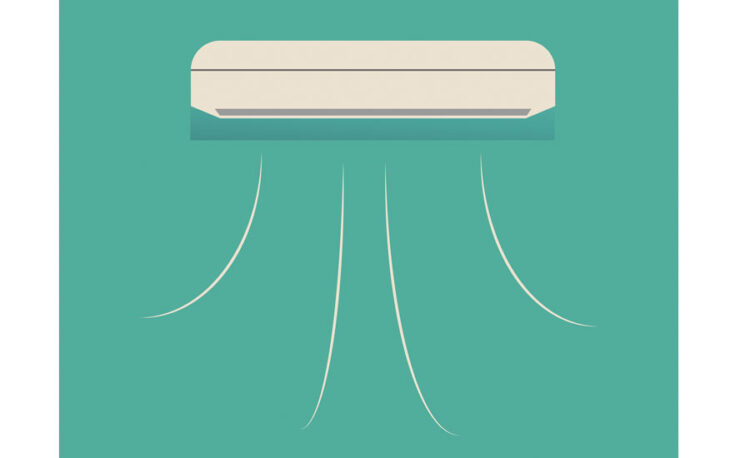
The air quality in the typical home leaves something to be desired. The air tends to become stale as it collects unwanted air particles. These may get caught up in your clothing from being outdoors, such as pollen or dirt, which is then brought into your home. Even opening a window doesn’t help because while the light breeze will be pleasant enough, what’s carried through on the air that blows inside is the real problem.
Air pollution and older air that remains in the home too long become stale, creating stuffiness when breathing it in. This is a problem for hayfever sufferers or anyone at home who sometimes takes antihistamine tablets due to a sensitivity that sees allergies flare up periodically. Extra care must be taken in these situations.
Is Better Air Quality the Answer?
Air quality matters. This is certainly noticed in heavily polluted areas of the world with a smog hanging over the city. The air becomes difficult to breathe and causes lung irritation. The same can be true indoors but to a lesser extent.
Dust mites, dirt, stray hair particles, and dander from pets can all cause irritation depending on the level of sensitivity. Stale air also creates some discomfort preventing comfortable breathing too. By looking at air quality inside the home, all these issues can be addressed properly.
How Can Heat Recovery Systems Provide Cleaner Air?
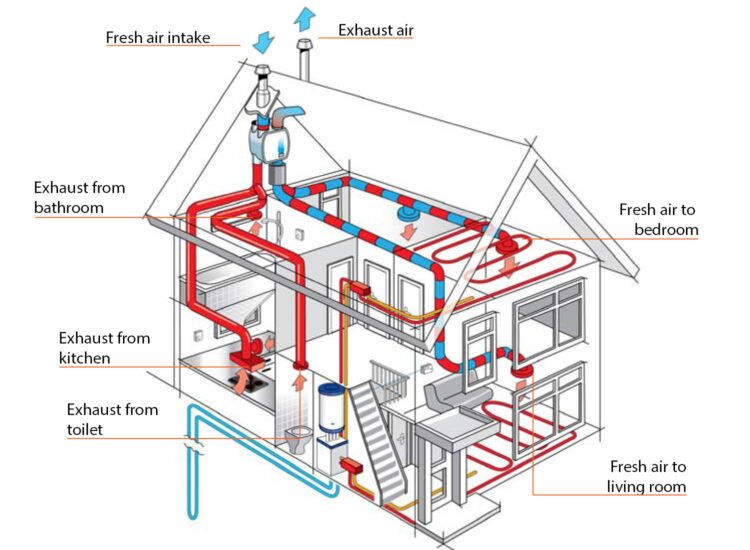
Part of a heat recovery system is the ventilator. It’s integral to the total heat recovery process. Existing air inside the home is collected when it reaches the ceiling, the heat extracted and retained, and then the stale air is expelled. In its place is outside air, which is retrieved and filtered for air contaminants to remove pollen, dust, and anything else that’s unwanted. This clean, filtered air is then distributed in the home to provide air that’s so much more breathable.
While this is definitely more pleasant for anyone, it’s especially beneficial to people who are either sensitive to certain allergies or who have a respiratory disease such as asthma or bronchitis.
Are Existing Heating Systems That Inefficient?
It’s important to understand that energy-efficient heating systems and heat recovery are two very different things.
Regular heating systems are designed to generate heat and radiate or distribute through different rooms in the home. When doing so, some of that warmth is lost through the walls and windows because of poor insulation or air pockets. Due to the law of thermodynamics, warm air naturally rises. Because of this, the warm air quickly reaches the ceiling, goes through to any upper floors, perhaps to the attic, and eventually out through the roof.
Due to the fact that the rooms are heated, cooled down, and then must be reheated again to keep them at a comfortable temperature, traditional heating is expensive, especially during wintertime. While a heating system can be energy efficient (compared to a previous generation of heaters) because it uses less energy to generate the same amount of warmth, it still cannot overcome thermodynamics with the need to reheat each room periodically because heat keeps being lost.
Fortunately, heat recovery finds a clever way around this sticky problem.
How Do the Utility Bills Get Smaller with Heat Recovery?
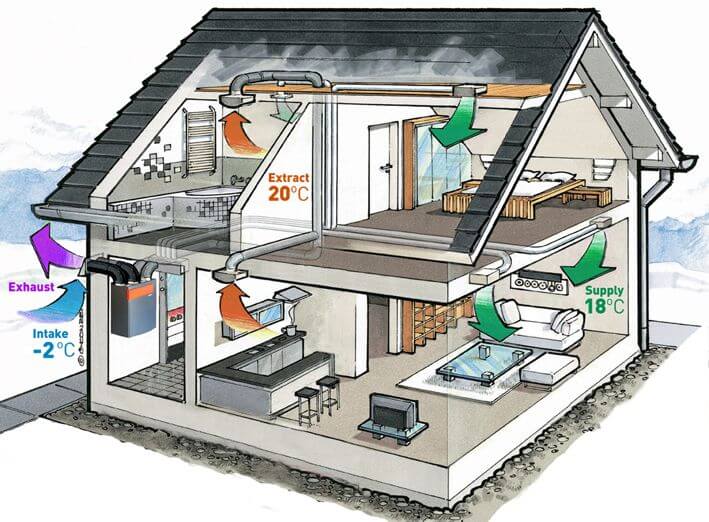
With modern heat recovery systems such as one at BPCVentilations.ie, they use heat exchangers. These exchangers process warm air to extract the heat from it. This air is expelled from the building while the warmth is retained successfully. While some heat is lost in this process, it’s not much.
Fresh, cleaner air from outside gets filtered and then put through a heat exchanger. This is where the captured warmth gets reintroduced to the filtered, fresh air to heat it up. The air is then distributed inside the property. This type of system is very efficient in retaining warmth to keep reusing it.
Heat exchangers aren’t expensive to operate. They use a minimal amount of electricity, which is far less than using an existing heating system to reheat the home several times a day. This is where much of the cost savings originate because operating a full heating system is inherently expensive.
Is It Necessary to Have a Heating System and a Heat Recovery System Too?
A heat recovery system works in tandem with a traditional heating system. With the temperature level more balanced due to the recirculation of warm air, the heating system’s thermostat doesn’t measure a temperature level that’s low enough to trigger the heating to turn back on. At least, not anywhere near as often as it does without a heat recovery system.
The recovery system is best used in combination with a capable, energy-efficient heating system. While a modern heating system uses less energy to generate the initial warmth, only by capturing and reusing the heart that’s already been generated can it turn into a cost-saving? As such, it’s best to have both systems installed to reap the full benefit.
It’s difficult to get a whole house system that filters the air efficiently. Usually, freestanding air filtration units must be installed in each room that requires it. This would be unsightly, expensive endeavor, yet with a heat recovery system, you get this feature built-in, and you save money on the heating bill too. That’s certainly worth the investment in the long run.
 Hi Boox Popular Magazine 2024
Hi Boox Popular Magazine 2024
